Paranthropus neanderthalensis, on the idea of a different ancestry
As Popadin et al showed last year[1], the Paranthropus lineage resulted from interbreeding between ancestors of gorilla, and the common ancestor of humans, chimpanzees, and Paranthropus.
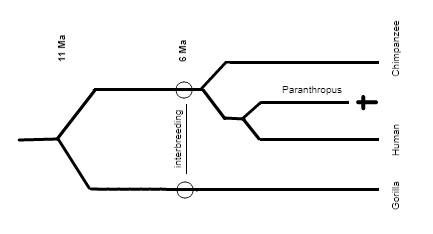
The rib cage of Neanderthals is often described as cone-shaped, and so contrasts to the rest of the Homo lineage, since the human (cylindrical) rib cage date back to Australopithecus (Yohannes Haile-Selassie, 2015)[2].
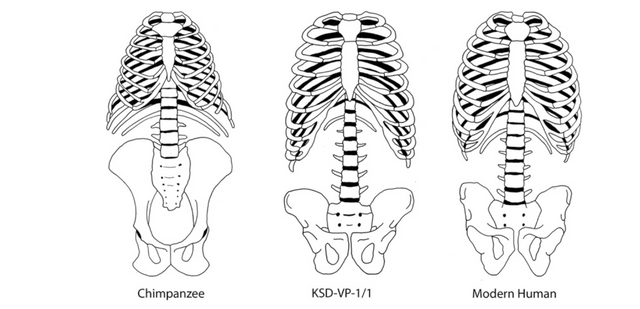
That gave me the idea that perhaps Neanderthals were Paranthropus, and that the Paranthropus lineage did not go extinct 1 million years ago with Paranthropus robustus, but rather evolved into Paranthropus heidelbergensis by 800,000 years ago, and then by 400,000 years ago, Paranthropus neanderthalensis.
Paranthropus neanderthalensis, traits of the Paranthropus lineage
Loss of olfaction in humans dates back to 3.86 million years ago[3,4], and is a result of adapting to forage shell fish from the sea floor, and an upright gait that increased the distance between the ground and the nose (the protruding nose dates back to that event, as well, an adaptation for swimming, while the nasal bone is a later adaptation. ) The Paranthropus — Australopithecus split pre-dates that event, and so Paranthropus would have retained a good sense of smell like the common ancestor.
The cone-shaped rib cage in Paranthropus is also the ancestral form, while Australopithecus/Homo has a derived form.
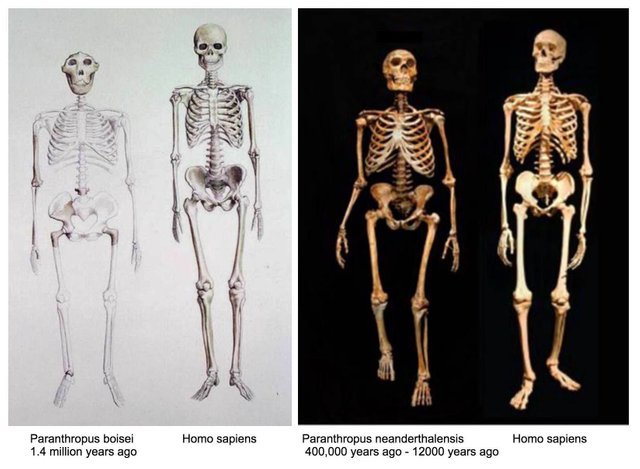
Paranthropus did not have the derived body hair (“hairlessness”), rather, the ancestral form, and in the case it was gorilla-like, Paranthropus may have acted as an intermediary in the Pthirus host switch that took place 3.3 million years ago[5] as a species boundary formed between gorilla and Australopithecus/Paranthropus.
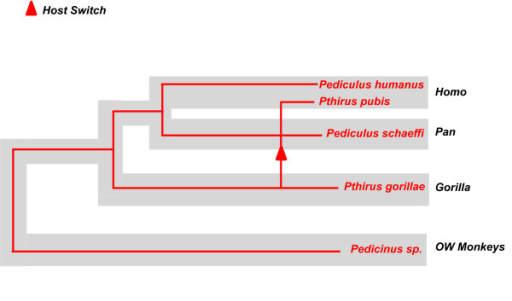
With Paranthropus as an intermediary, humans could have developed thicker, coarse pubic hair at a later time, and acquired Pthirus pubis by a second host switch.
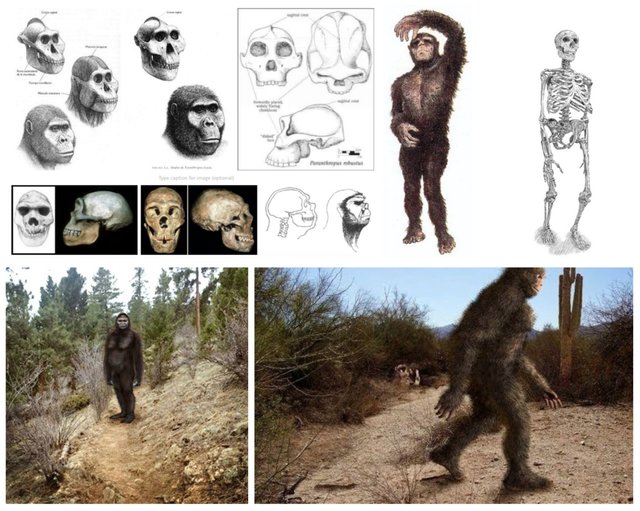
What about the Broken Hill skull? Doesn't it indicate a creature by no means less robust than any Paranthropus? And can classic neanderthals by any stretch of the imagination be considered gracile? The truth of the matter is that relic homonids, or at least some of them, resemble Paranthropus as much as we and Strasenburgh resemble, say, H. habilis. Strasenburgh is therefore called upon to explain how and why such changes occured in relic homonids.
-On Neanderthal vs. Paranthropus, 1976
The “companion-species hypothesis” and Paranthropus neanderthalensis
Edward O´Wilson defines humanity as a "eusocial species of ape"[6], and human beings are the only mammal that are eusocial (whereas insects are often eusocial), which hints at that there is something in the evolutionary history of humans that is different from other mammals.
In the "companion species hypothesis", eusociality, defined as having division of labour and a caste-based organization, was in part the result of a two-species society, with the Paranthropus lineage and Australopithecus/Homo lineage co-existing, and complementing one another, which explains why Paranthropus and Homo are found together in Swartkrans in South Africa[7], where there is also evidence of use of fire, and why P. neanderthalensis co-existed with Homo sapien.
Eusociality may be limited by that a species shares the same gene pool, so it is difficult to get “labour dimorphism” and division of labour. Technology of course extends the phenotype beyond the gene pool, but at an early stage perhaps a two-species scenario could explain some things, and form a natural hierarchy that supports many of the traits that human societies are built on today.
References
Mitochondrial pseudogenes suggest repeated inter-species hybridization in hominid evolution (2017)
A comparison of the human and chimpanzee olfactory receptor gene repertoires (2005)
Pair of lice lost or parasites regained: the evolutionary history of anthropoid primate lice (2007)
The Social Conquest of Earth (2012)
interesting evolution has occurred damm those skeleton shapes